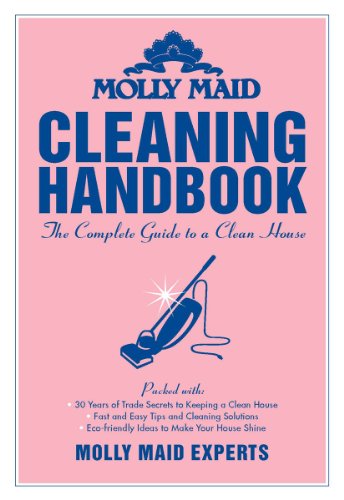
Being a first-time homeowner and home management can be very confusing. You may never have thought about where the breaker panel is, how to turn off the main water shut off valve, and that you have to replace the batteries in your smoke and carbon monoxide detectors every six months. If you weren’t exposed to any aspect of that world, we’re here to help. We all have to start somewhere, so here are four important tips from your cleaning service experts at MOLLY MAID.
Ground Fault Circuit Interrupter
Commonly referred to as GFCI, this is a special type of outlet that detects dangerous ground faults and immediately turns off the power to stop shocks. You can replace almost any electrical outlet with a GFCI outlet. Correctly wired GFCIs will also protect other outlets on the same circuit. Since water is an electric conductor, GFCIs are important in areas where water and electricity could meet, such as bathrooms, kitchens, laundry rooms and garages. GFCIs prevent shocks.
AFCIs Prevent Fires
Like ground fault circuit interrupters, arc fault circuit interrupters help protect you and your home from electrical accidents. Electricity can leak out of damaged or decaying wires and start a fire. The function of AFCIs is to sense that electricity is leaking from the electric system, plus, they are designed to shut off electricity before overheating happens. Electric fires spread quickly, and cause more damage than other types of fires. Ultimately, AFCIs save lives.
Surge Protectors
These super-duper heroes protect electrical devices from spikes in voltage during power outages, lightning strikes and AC contamination. The circuitry of the surge protector senses the voltage required and responds to your appliances power needs. During surges, excess electricity is absorbed by damage-resistant wiring. Visually, surge protectors and power strips are almost identical, but for your safety, spend the extra money and invest in a surge protector.
Smoke and Carbon Monoxide Detectors
Although you could go the individual unit route, the dual sensor units get great reviews. Why take a chance on mismanaging your smoke and carbon monoxide detector, when you can take good care of one detector. Depending on where you install the unit, say kitchen, you may find that it goes off a lot if you tend to do a lot of roasting, toasting and indoor grilling. If that’s the case consider only have a smoke detector near your kitchen, and move the carbon monoxide detector(s) closer to the bedrooms.
For more organizational and cleaning tips from MOLLY MAID visit our blog page here. Or for more cleaning services, contact us here.
Photo by Public Domain Pictures

